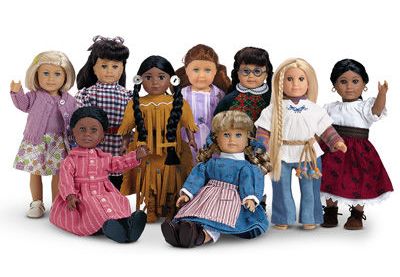Smartees: The Career-Oriented Dolls
On Christmas morning when I was around 10 years-old, I remember very vividly receiving a gift that was out of the norm. Being an average little girl of the 21st century, I had countless numbers of Barbies- Evening Wear Barbie, Wedding Barbie, Mermaid Barbie, and even a few Ballerina Barbies. However it was this Christmas morning in particular, as I slowly approached the difficult age where dolls would soon be considered “childish,” where I received a “Smartee” Doll. Her name was “Emily the Entrepreneur,” and her purpose was to help with the parents’ ever-present dilemma of toys and play being educational and purposeful.
The Smartee Doll Franchise was created by attorney Jennifer Hamlin and Jennifer Fine in October 2000, after Hamlin went to buy a doll for a friend’s daughter and felt surprised at the lack of career portrayal among the bodacious Barbies. The doll’s price was marked at $19.99, with each including: a book corresponding to their given career (complete with definitions of their career-type jargon), accessories such as stethoscopes, computers, and brief cases, a resume abstract, school diplomas for the doll’s profession, a casual outfit and an evening dress. The dolls also separate themselves from Barbie in their measurements. While they still exhibit a womanly body, and are the same height as a Barbie doll, the Smartee has larger thighs, hips, and waist. “But we’re not trying to replace Barbie,” Hamlin says. “We just want to be her smart friend.” (People.com)
Just as Handler had initially intended the Barbie doll to “Inspire American girls, in her words, to imagine ‘their lives as adults’ and to use ‘the dolls to reflect the adult world around them’,” (Chudacoff 173) Smartees allow their consumer to emulate an adult-life that today’s adults consider worthy and beneficial to young girls.
Smartees no longer seem to be a prevalent product in the doll market today, despite their tremendous appeal to influential women such as Oprah, and parents alike. Based off of Chudacoff’s theory of Barbie’s success due to her style which was defined by marketers rather than by parents, is there a chance the Smartee Dolls did not see the same popularity because the control of primary predilection does not seem to be the child?








